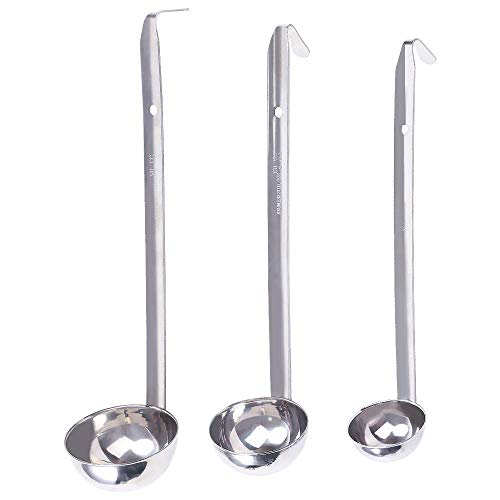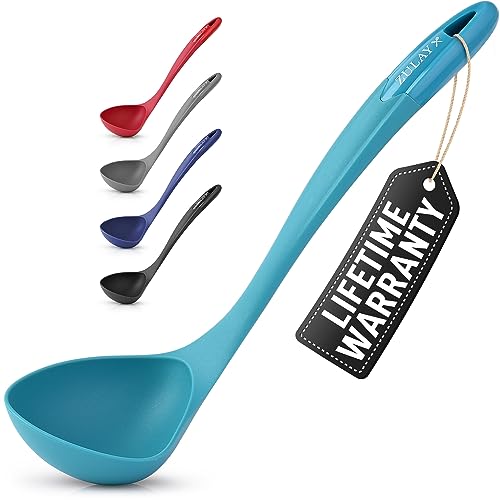Understanding Ladles: A Brief Introduction
Ladles are tools designed to help individuals control the flow of liquid. These tools consist of a long handle attached to a small bowl or scoop that can be used to transfer and pour liquids. They are commonly used in cooking but are also utilized in industrial processes that involve the movement of liquids. When it comes to controlling the flow of liquid with a ladle, it all comes down to technique and understanding the basic properties of liquids.
Techniques for Controlling the Flow of Liquid
One of the most important techniques for controlling the flow of liquid with a ladle is to tilt the bowl in the desired direction. This usually involves holding the handle of the ladle with one hand and then using the other hand to manipulate the angle of the bowl. Adjusting the angle of the bowl will cause the liquid to flow in a specific direction. Other techniques include increasing or decreasing the speed at which the liquid is poured, using the edge of the ladle to guide the liquid, and reversing the direction of the pour.
The Basic Properties of Liquids
Understanding the basic properties of liquids is crucial to properly controlling their flow with a ladle. Some of the key properties to keep in mind include viscosity, surface tension, and density. Viscosity is a measure of how freely a liquid flows, while surface tension refers to how much the surface of the liquid resists being broken. Density refers to how much mass is contained in a specific volume of the liquid. By taking these factors into account, the individual using the ladle can adjust their technique to better control the flow of the liquid.
Finding the Right Ladle for the Job
Another important aspect of controlling the flow of liquid with a ladle is finding the right tool for the job. Different ladles come in different shapes and sizes, and some are better suited for certain liquids than others. For example, a ladle with a larger bowl may be better for transferring thick liquids like soup or stew, while a smaller ladle might work well for pouring small amounts of sauce or dressing. It’s also important to consider the material of the ladle – some materials may be better suited for handling hot liquids than others.
Finding the Right Technique for Your Needs
Ultimately, the key to controlling the flow of liquid with a ladle is finding the right technique for your needs. This may involve experimenting with different angles, speeds, and pouring methods until you find the right approach for the specific liquid you are working with. With practice, even beginners can learn to master the art of controlling liquid flow with a ladle.






